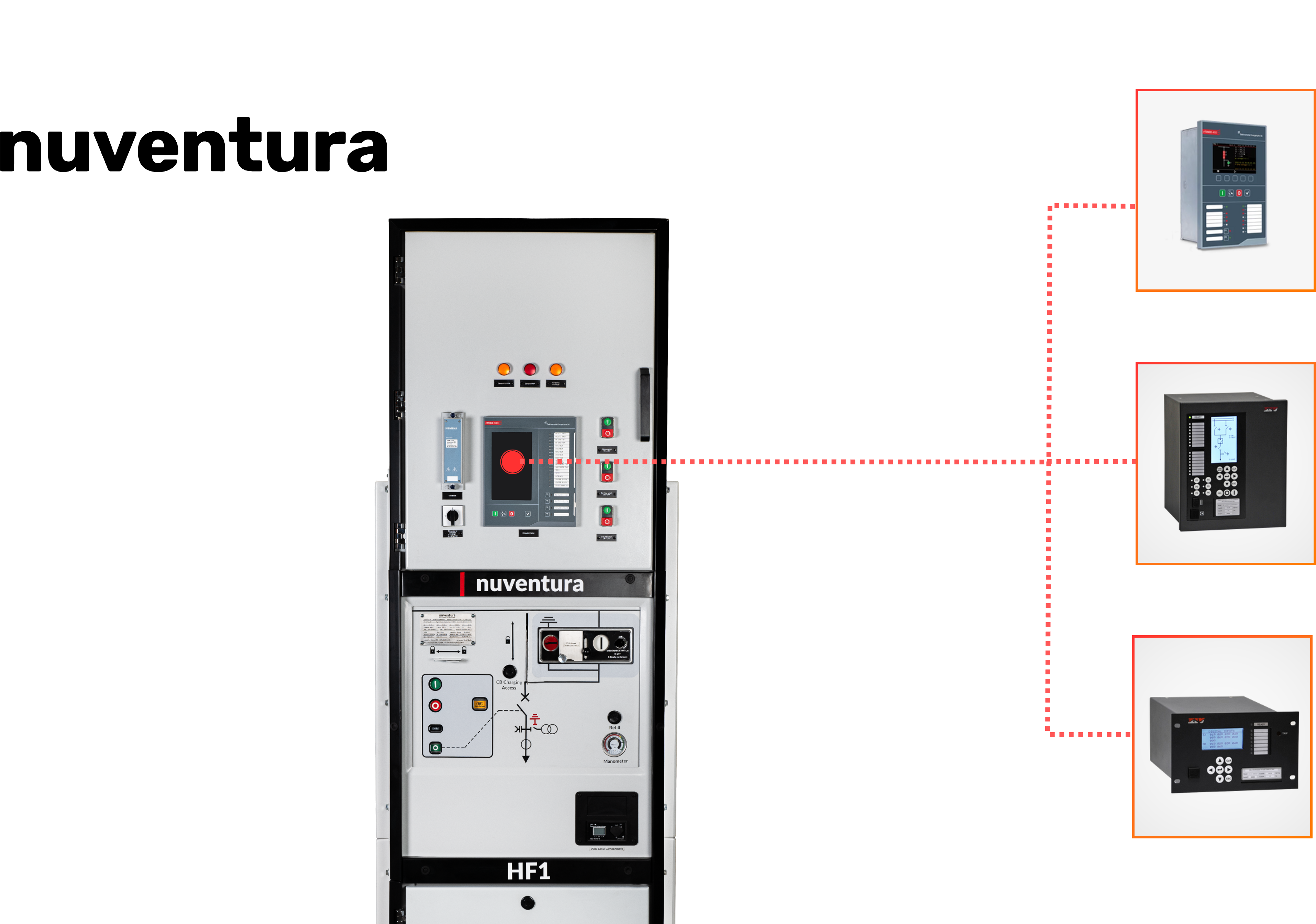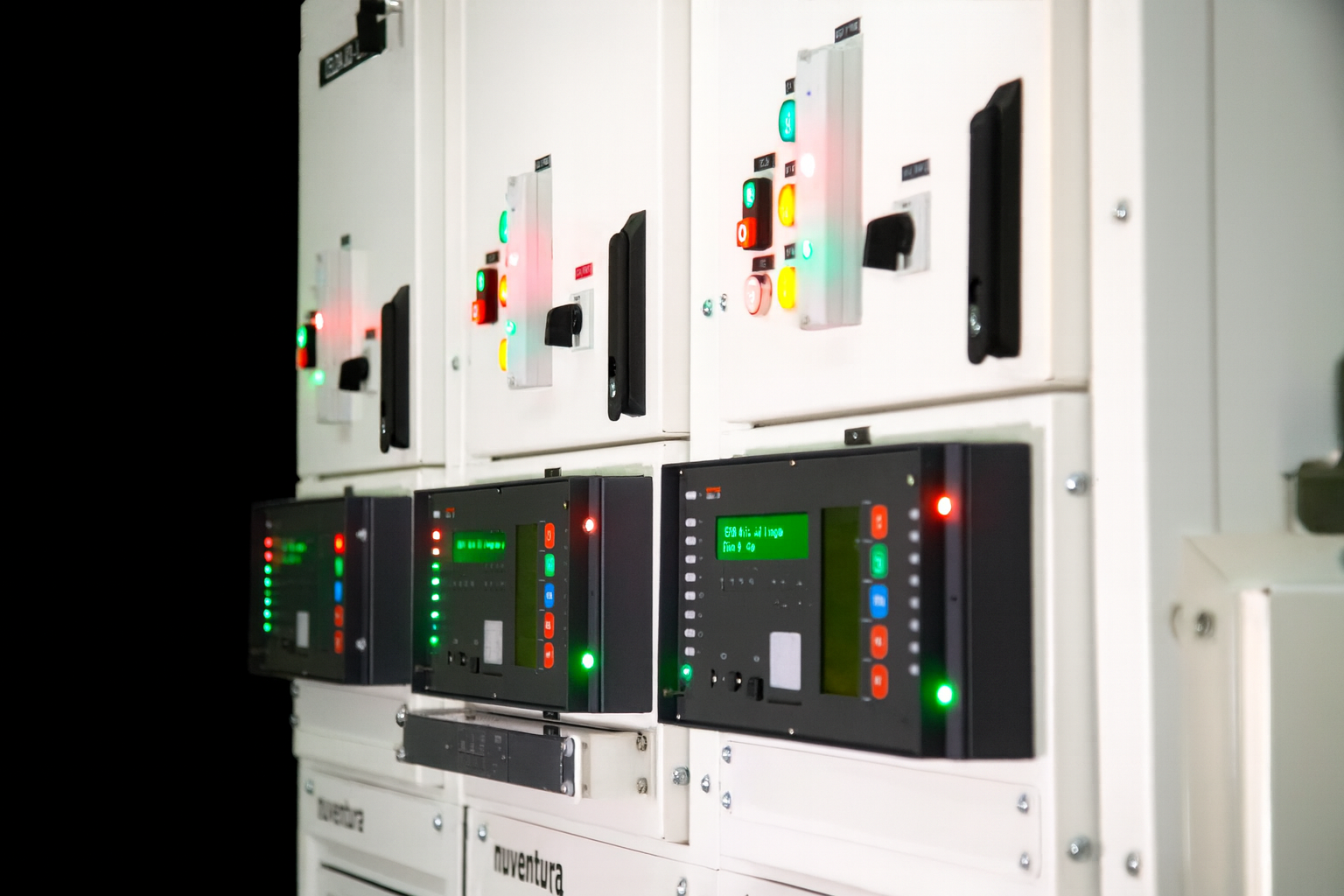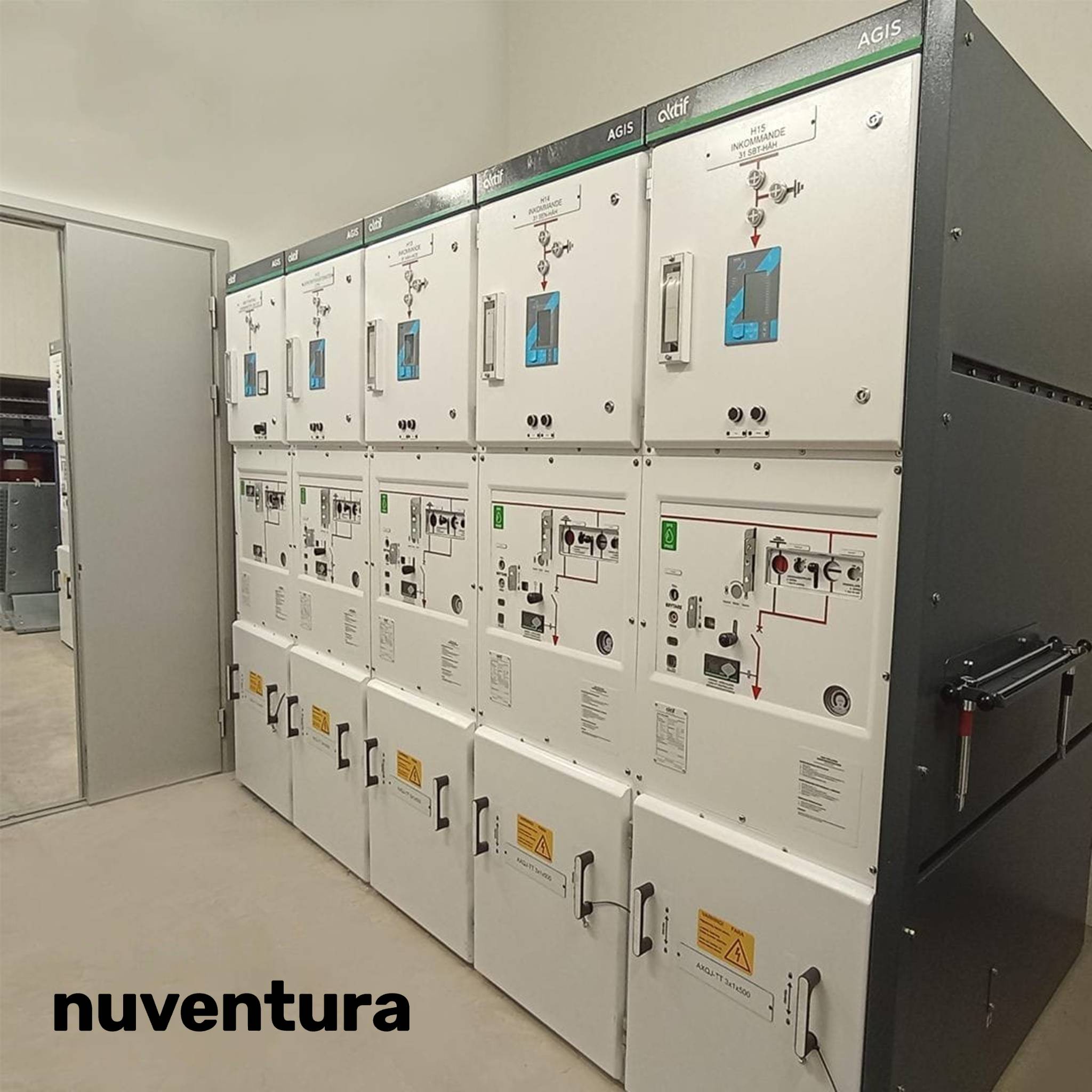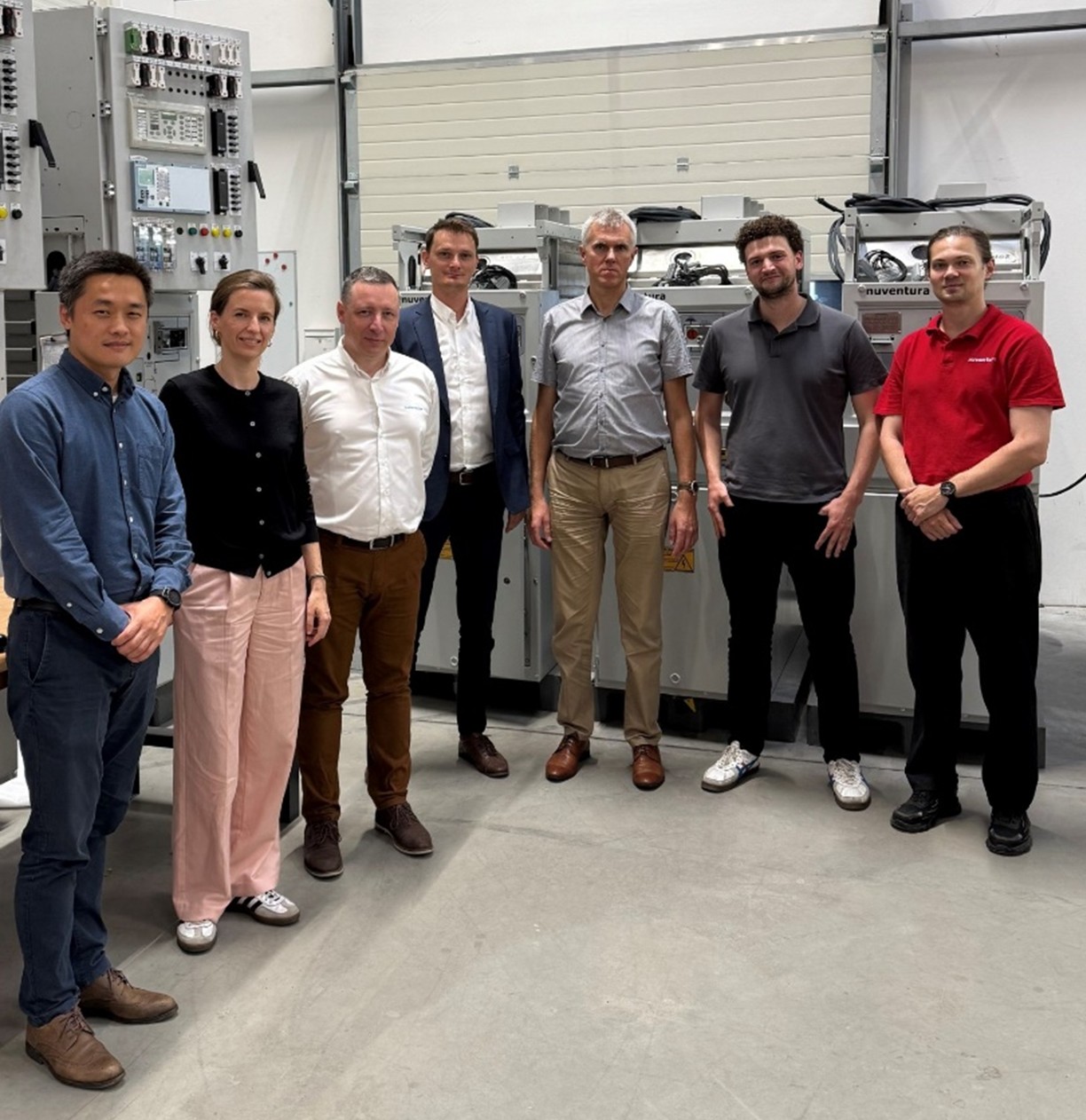News
Explanation of the relay protection functions required in MV grids
Every part of an electrical grid must be protected from faults such as short circuits, overloads, or insulation breakdowns. Protection relays act as the grid’s nervous system — constantly monitoring electrical signals and commanding circuit breakers to isolate faults before they cause widespread outages or damage.
Here are the key protection functions:
1. Overcurrent Protection (50/51)
- What it does: Detects if the current is too high (like a short circuit or overload).
- Why it's needed: Prevents cables, transformers, and equipment from overheating or getting damaged.
2. Directional Overcurrent Protection (67)
- What it does: detect the fault direction (useful in ring or meshed grids) and trip the CB only in a desirable direction.
- Why it’s needed: Ensures only the right circuit breaker trips in meshed systems, avoiding unnecessary shutdowns.
3. Earth Fault Protection (50N/51N or 67N)
- What it does: Detects if current is leaking to the ground (e.g., a broken cable touching earth).
- Why it’s needed: Stops dangerous situations where equipment could get damaged or people could be at risk.
4. Undervoltage and Overvoltage Protection (27/59)
- What it does: Monitors system voltage and detects when it falls below (27) or rises above (59) safe operating limits.
- Why it’s needed: Prevents equipment damage and system instability caused by abnormal voltage levels.
5. Differential Protection (87L , 87T , 87B)
- What it does: Compares current entering and leaving a section-Kirchhoff’s Current Law (like a transformer or busbar). If they don’t match, there’s a fault inside.
- Why it’s needed: Very fast and precise—catches internal faults before they cause big damage.
6. Distance Protection (21) (Used in longer MV lines and meshed systems)
- What it does: Measures the impedance and trip the circuit breaker if the measured impedance is lower than respective zone setting.
- Why it’s needed: Helps locate faults in overhead lines or cables and trips only the affected section with perfect selectivity.
7. Buchholz Protection (for Transformers, if applicable)
- What it does: Detects gas bubbles inside transformer tank (a sign of internal faults).
- Why it’s needed: Prevents transformer explosions or fires.
Bonus:Backup Protection
- Some relays have a backup function in case the main protection fails (like a spare guardian).
Why These Matter in GIS?
- Gas-insulated switchgear (GIS) are compact and sealed, so faults can escalate quickly. Fast, reliable protection to clear faults less than 4 cycles (80ms) is critical
- Some faults (like arc faults) are extra dangerous in GIS, so protections must act within milliseconds to protect human as well as equipment.
- There’s a clear similarity between nature and power systems:
Just as the skeleton protects the nervous system from impact and injury, protection relays shield the electrical grid from faults and abnormal conditions—ensuring safe and reliable operation.
Stay informed and inspired
You can also stay informed and inspired by subscribing to our quarterly newsletter

More News

AIS vs GIS — Combining the Best of Both Worlds with SF₆-Free Technology

Why Voltage Levels Matter in Medium-Voltage Grids

Protection Relays – The Intelligence Behind Medium-Voltage Switchgear

Explanation of the relay protection functions required in MV grids

AIS vs GIS — Combining the Best of Both Worlds with SF₆-Free Technology

Why Voltage Levels Matter in Medium-Voltage Grids

Protection Relays – The Intelligence Behind Medium-Voltage Switchgear

Raising the Bar for Switchgear Safety

Nuventura and Elgór and Hansen enter partnership to bring SF6-free switchgear to Poland

Nuventura and WESCOSA join forces to bring F-Gas-free GIS to the Middle East

CO7 and Nuventura announce partnership

Nuventura and PMS join forces for a greener future in power solutions

Introducing Nuventura’s ESG function and Cassidy Kuiper
Connect with our experts
Whether it’s SF₆-free switchgear specifications, partnership opportunities or support – our team is ready to answer your questions and find the right eco-friendly solution for your needs.

Do you have a specific request?
Get in touch

